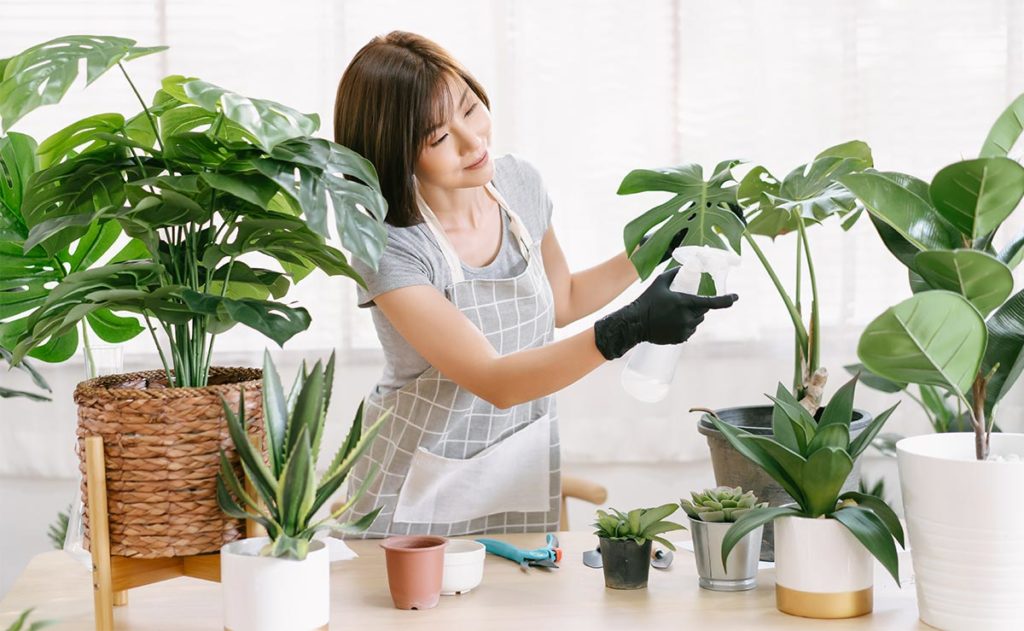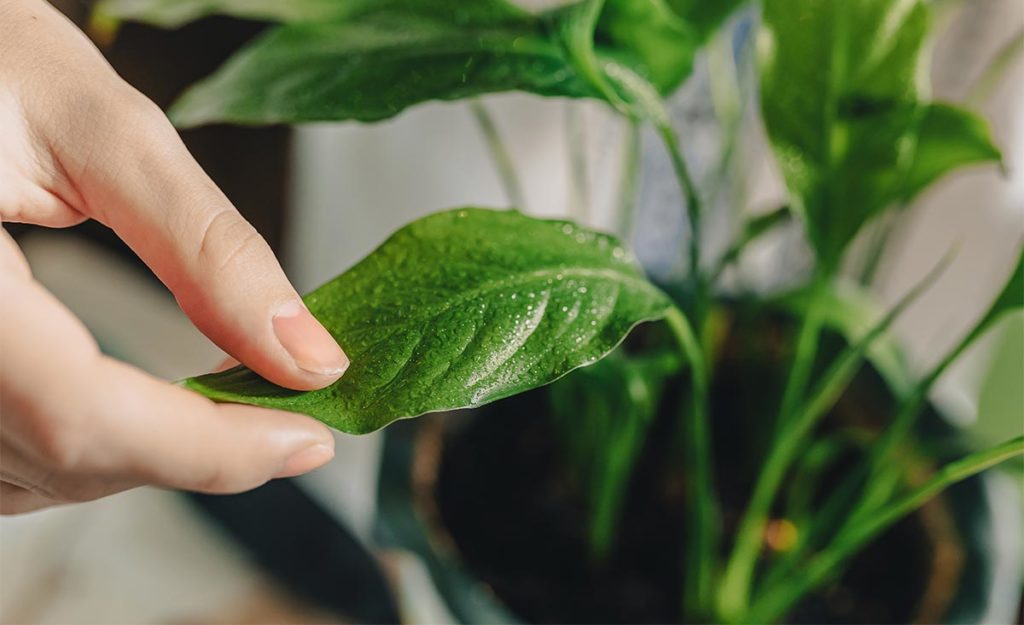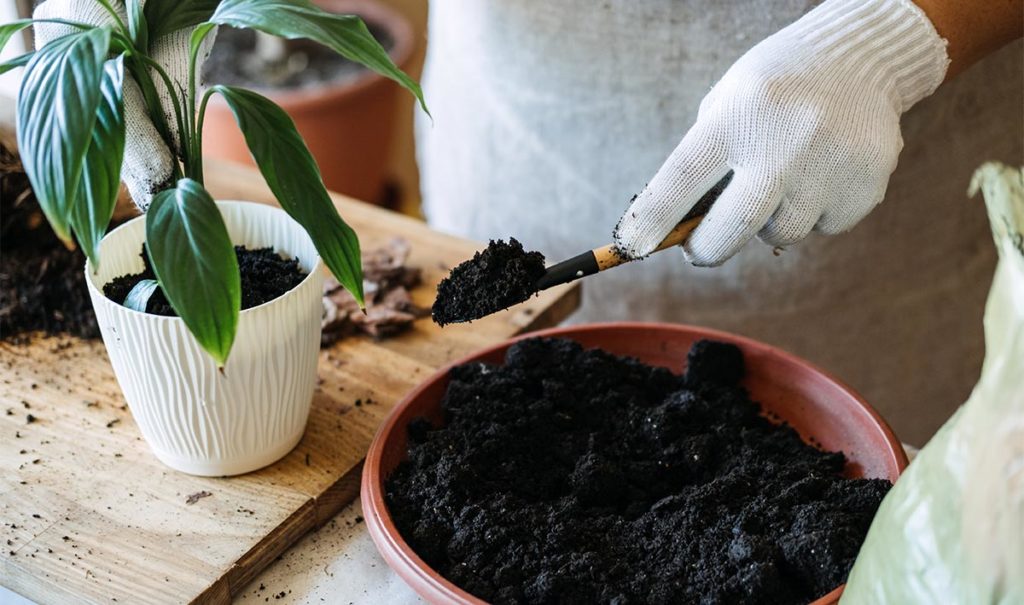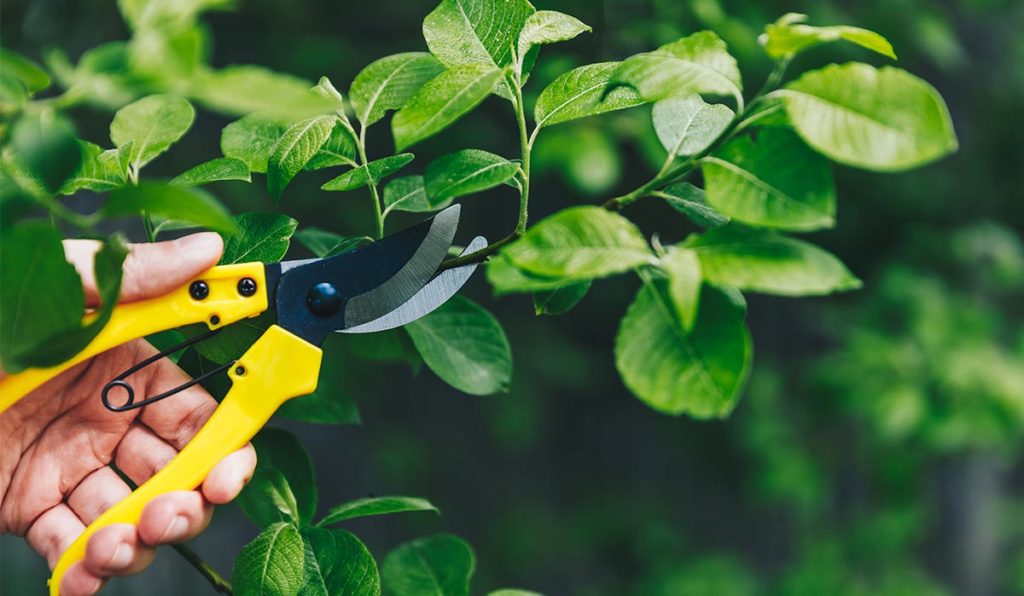5 steps to starting your planting journey.
- June 7, 2022
- Matthew Edward Loh
Are you thinking of growing plants? Yet don’t know how to start; we like to share 5 simple steps to get you started in the right direction to begin your planting journey.

1. Location is everything.
Where are you starting to plant? Your office? Your home? Apartment, or do you have landed garden space? Is the location airy or bright, or is sunlight limited, or what happens if you don’t have any sun? These are all the questions you need to answer before deciding what and how to grow?
For landed spaces: If space is not an issue, then you have a wide selection? Do you want to grow Edible or ornamental? You can grow spices, herbs, fruits to vegetable greens for edible. For ornamental, exotic leaves or blooming flowers to beautify your spaces? Even having areas to grow on the ground, you might want to grow in pots as you can easily move them around.
For apartment: Growing indoor plants, your balcony, walkway, and window areas are your best bet to grow your plants. Planting edible might be a bit of a challenge but not impossible. Growing spices and herb is good, but it does need good lighting. Ornamental plants are great for beautifying concrete spaces with nature. If lighting is an issue, some plants will still grow well, or you can choose to install artificial lighting to help them grow.
2. Commitment is necessary
Plants eat, breathe, sweat, and it is very much alive! It needs tender loving care (TLC) to stay healthy and well. That is a commitment, but some plants need more than others. So again, what plants are suitable for your lifestyle? Some plants are pretty introverted and can survive when you go for a long holiday.

Listed are some low-maintenance plants. Snake Plants, Succulents, Pothos, Snake plants, Aloe Vera, ZZ plants, Peace Lily, spider plants.
If you have time to spare and want to spend more time growing tougher plants, we suggest going for plants like Orchids, miniature roses, Gardenia, and Wandering Jew.
3. Keeping plants healthy
We are what we eat, and so are our plants. The soil we planted them provides the foundation for the roots. We need good drainages, sufficient soil ventilation, and nutrients for healthy plant growth. Below is a list of checkboxes on how to start a healthy planting Journey

Plotting mix
Understanding the ratio for a potting mix is essential. It will significantly depend on your plant type. Growing aroids need a lot of good drainage and ventilation for your roots to grow healthy. Usually, the mix includes pine bark or orchid bark, perlite, pumice, and compost. This allows water and air to pass through, creating an environment for roots to thrive. Other growing mediums like Peat moss, rice hulls, vermiculite, and sand can also be used.
Fertilisers
There are many fertilisers, Solid or liquid form, synthetic, organic, or bioorganic. Choosing suitable fertilisers can be confusing as you need to know what NPK your plant needs. Is there a fertiliser that can help a plant grow naturally yet provide a safe environment for our pets and children? A walk through the fertiliser aisle will cause further confusion. First, let’s know what NPK does.
N stands for Nitrogen. (N) helps the growth of the leaves on your plants.
P stands for Phosphorus. (P) helps in root growth, flowering, and development of fruits
K stands for Potassium. (K) plays a significant role in plant physiological processes for overall growth.
How much you need depends on the type of plants you growing. A good fertiliser provides all the above and doesn’t burn the plant, yet it allows the complete nutrients to be transported into the plant. One of these fertilisers is Arktivate, which comes in both solid and liquid forms. It not only contains bio-organically digestible nutrients but also trillions of beneficial microbes that will continue to process the nutrients for plants to absorb.

Pesticides
Today part of the battles in our growing process is dealing with pests. Insects and pests attack our precious plants and causes health issues. Thankfully there are many pesticide solutions to help us defend and eliminate unwanted pests. So how do we select a good pesticide?
A good pesticide must be able to eliminate pests yet not harm the plants and surroundings. It must be organic and does not contain any trace of toxic chemicals. This is a tall order; anything that kills tiny pests will harm our environment.
In our quest, we like to build immunity by surrounding our plants with beneficial microbes that act as a shield of protection against any pest’s infestation. We also believe in using solutions to deter and repel pests rather than eliminate them, as this will also harm an ecological system. Therefore, again using a biological approach to build immunity is our goal, and Arktivate provides this ability to build up a defensive ground-up solution to deter pests.
4. Withering is part of the regeneration process
When we see a leaving withering, don’t panic, leaves don’t stay green forever. It grows and goes through life like us. What can we do to maintain the health of our plants?
Replotting
You need to replot when your plant overgrows its pot size, the roots need more space to expand, or when the soil becomes too hard for water and air to penetrate through. We recommend that young plants are replotted every 12 to 18 months but for more mature plants, try to do it every 3-5 years.
Propagating
Propagating plants is the process of reproducing plants from one source to multiple. There are a few ways to propagate from seeding, tissue culture, layering, and cutting. The most popular seems to be cutting. In the cutting process, you can use a leaf, stem, or root to regenerate the whole plant.

Pruning
When a plant or tree has dead and overgrown branches, it is time to prune; removing unwanted parts reduces the nutrient uptake in these areas. Pruning causes plants to look better and healthier, and it improves the quality of foliage, flowering, and fruiting.
5. Join a community
Growing plants is like personal self-development. We need to be patient, humble, and, most importantly, passionate. Joining a community of like-minded individuals to share, learn and discuss is part of a growing process. There are many Facebook plant lovers’ groups, or you can join a local plant community. Some Facebook online groups are Singapore urban gardening, SG container gardening & urban farming, Home Gardening Singapore, Organic gardening, and health Singapore.
Starting a plant-growing journey helps us discover ourselves better. It is a process of having clarity, patience, commitment, and discipline. I wish you all the best in your plant-growing journey. This is one journey that you don’t have to travel, and it will bear fruits of satisfaction.
- Categories: Urban Gardening
- Tags: bio-organic fertiliser, How to, Plant Care, planting, urban garden, urban home, urban plants